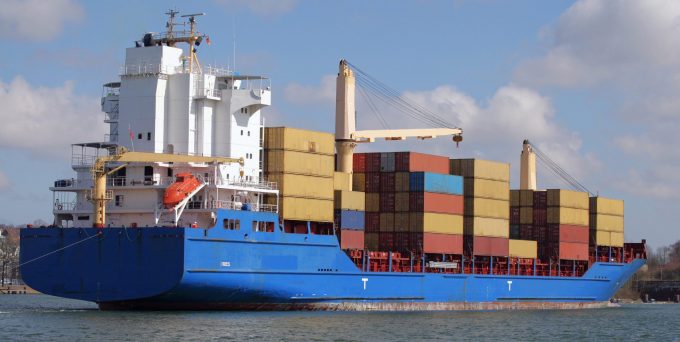LX Pantos spreads its wings as ecommerce traffic drives network expansion
South Korean 3PL LX Pantos said yesterday it had paid $156m to acquire the 11-storey ...

Intra-Asia carriers generally did better last year than in 2021, as cargo volumes and revenue held up, although demand on long-haul lanes began regressing in the middle of the year.
The Loadstar viewed 2022 accounts that South Korea’s 12 feeder operators submitted to the Financial Supervisory Service, and their operating profit was up 41% year on year, to $3.43bn.
The number of feeder operators whose operating profit passed the KRW100bn ($79.18m) mark also increased from five to six: Korea Marine (KMTC), Sinokor, ...
Maersk u-turn as port congestion increases across Northern Europe
Apple logistics chief Gal Dayan quits to join forwarding group
Maersk Air Cargo sees volumes fall as it aims for 'margin in favour of revenue'
Airlines slash freighter capacity post-de minimis, but 'the worst is yet to come'
Houthis tell Trump they will end attacks on Red Sea shipping
Transpac rates hold firm as capacity is diverted to Asia-Europe lanes
MSC revamps east-west network as alliance strategies on blanking vary
India-Pakistan 'tit-for-tat' cargo ban sparks sudden supply chain shocks

Comment on this article